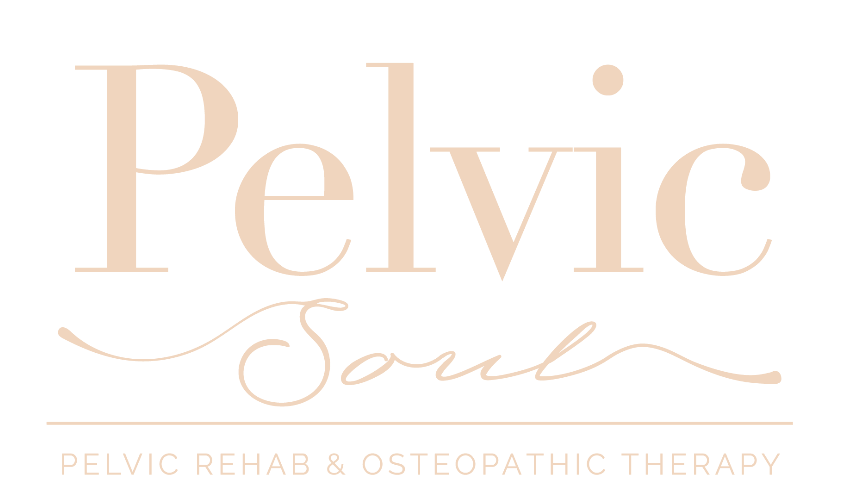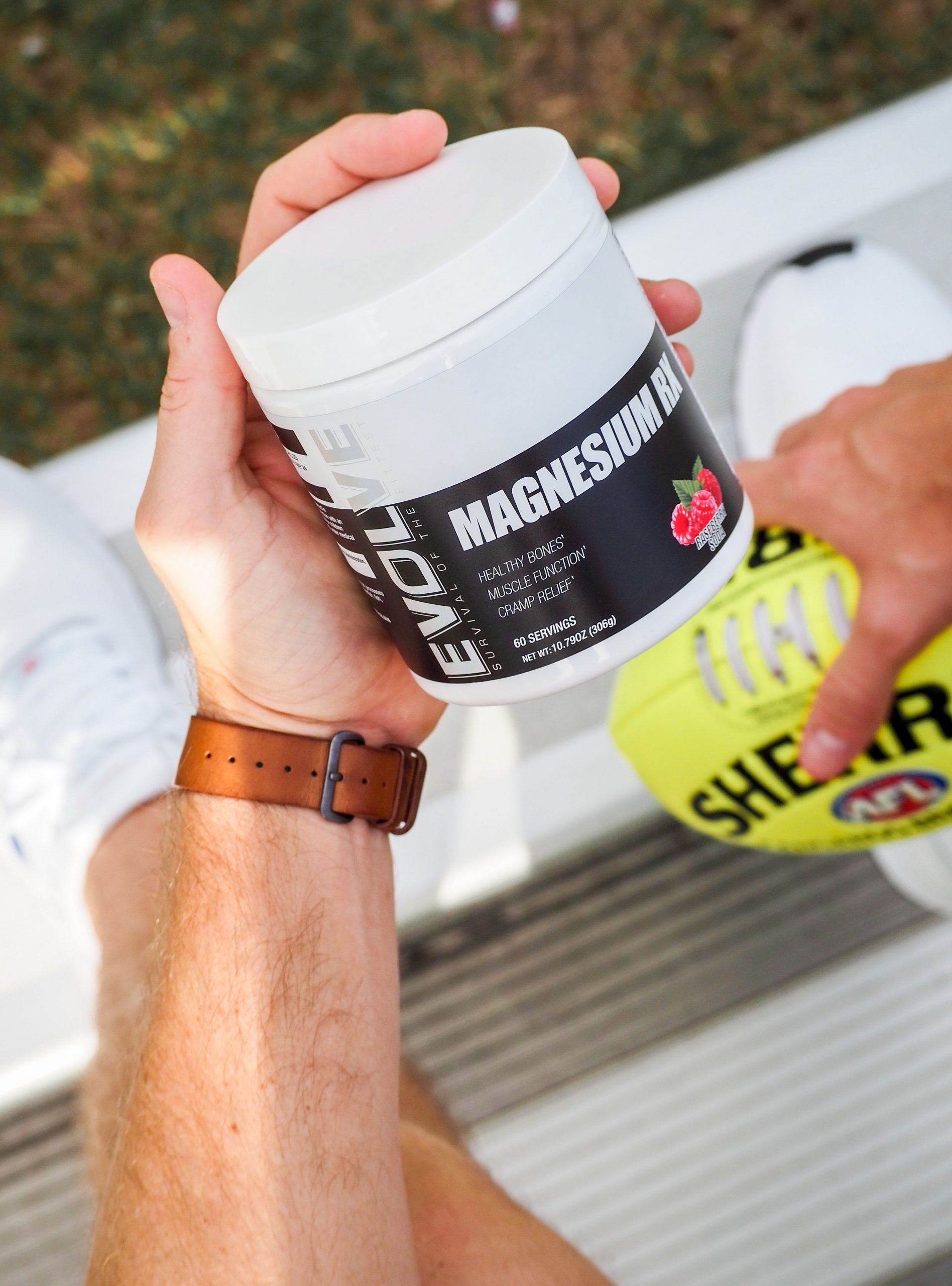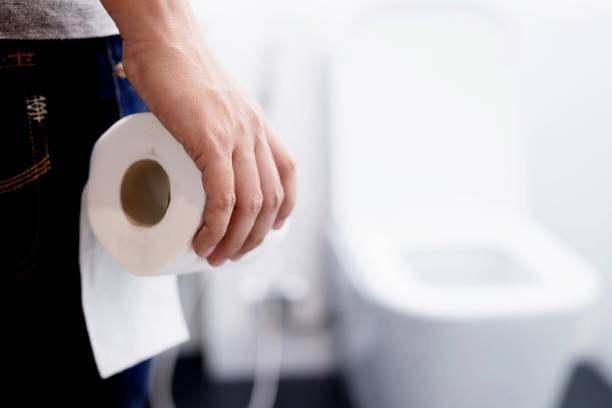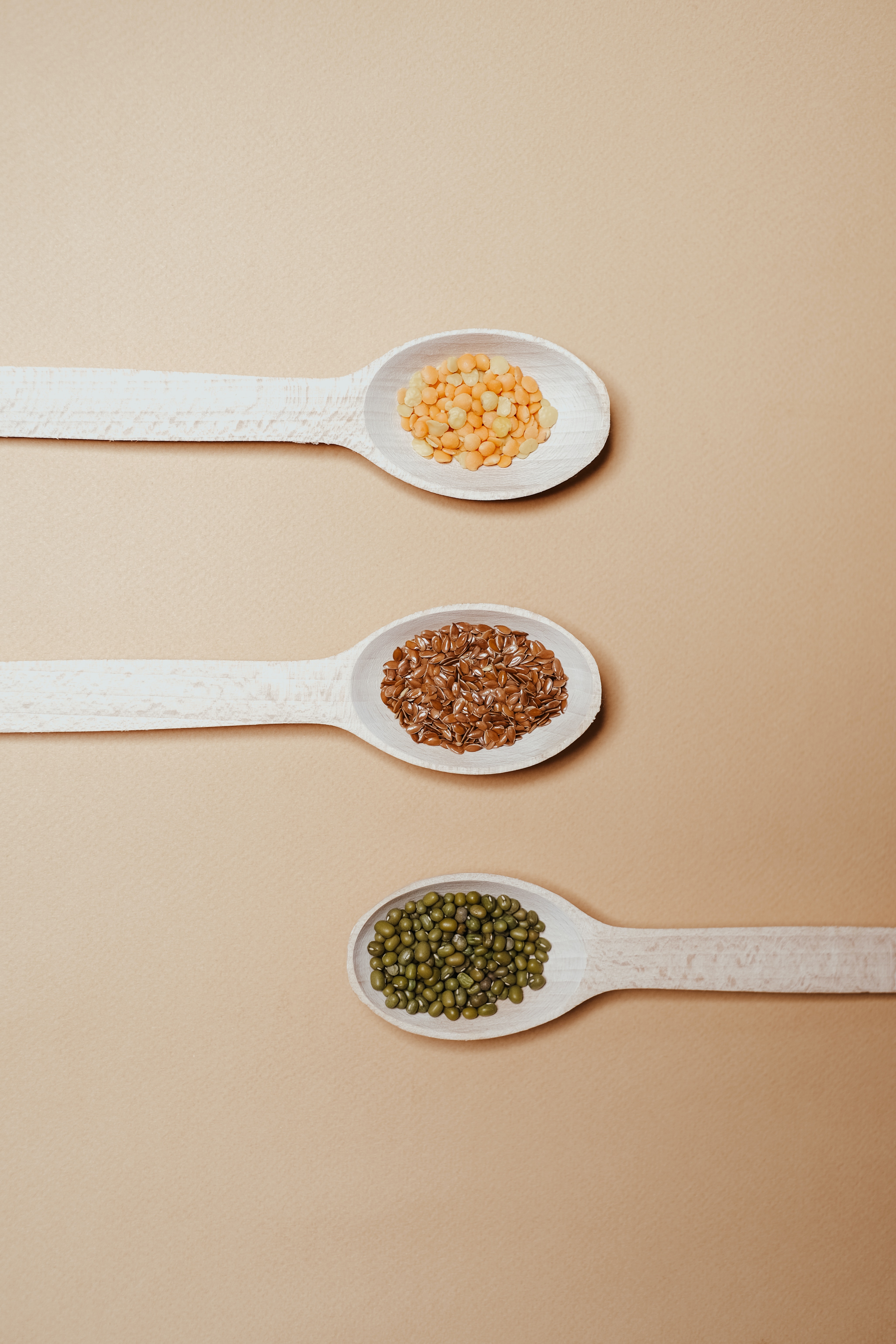Tips from a Pelvic Floor Therapist to restore your core the right way.

With women being more actively involved in the pregnancy and postpartum care, there has been a rapid rise in various online and fitness-center based programs selling the dream of a flat belly with the purchase of their program.
Unfortunately, several of these programs fall short, based on their recommendations being contrary to basic biomechanical principles and the process of tissue recovery.
Here’s why a one-size-fits-all, online or in-person, Diastasis Recti healing or core recovery class may not be all its cracked up to being:
- They claim they can help any woman, no matter what stage of postpartum healing they’re in – If there’s one thing you take away from this article, please remember that you and your body are not at the same stage of recovery (and functional ability) as your friend who’s doing the core restore program with you. Women, and their bodies are unique, and need a recovery plan tailored to their needs. Often women end up aggravating their core & pelvic floor symptoms and injuring themselves when participating in group classes where exercises are not modified (or avoided) based on individual strengths and weaknesses.
- The focus is on numbers and not your self-worth
An unfortunate side-effect of group classes, and our culture that focuses on mothers “bouncing back”, is that women tend to compare their curves & hollows to those around them; which is why I recommend participating in programs that foster body confidence and self-love – where the focus is on your healing, and not on the numbers on the scale or the size of your jeans.
- The program gives plainly bad advice – Several core “rehab” (I use quotations because these programs are rarely designed by a professional with a medical rehab background) programs give poor, and often harmful, advice such as wearing a brace or splint 24×7, even when asleep!
As an Occupational Therapist, with over 10 years of experience in medical rehab settings, this is downright harmful to recovering muscles, especially those of a postpartum mother.
No rehab professional worth their salt will teach their client to suck-in/support/bind a weak muscle all through the day, every day. Our body does not heal that way, plain & simple. To truly recover, you must instead learn to effectively engage, strengthen and compensate for the weak muscle.
This video lists other reasons why a belly binder may not be a good postpartum recovery tool, and can actually worsen your core and pelvic floor symptoms.
So what does work?
When you plan to start on your journey to healing your core (and your pelvic floor…most women with core dysfunction have pelvic floor symptoms) consider the following:
- Research a program that is able to assess your abilities before, during and after the program to track your recovery. An assessment with a Pelvic Floor Therapist is a good idea if you have other symptoms like leaking when coughing/sneezing/changing positions, “mom bladder” where you have to empty your bladder frequently, or pelvic pain. Your therapist will be able to perform a thorough assessment and give you recommendations to solve all your concerns, not just your mummy tummy.
- A group class is a good option for women who’ve already taken steps towards recovery with specialized Pelvic Floor care. Once you’ve started treatment sessions, your therapist will (and should) encourage you to return to doing activities that you love & enjoy, including that group fitness class you’ve been wanting to try out.
- Mix it up! Use your belly belt or binder for 2-4 hours every day, and add in core exercises into your daily routine.
Final thoughts – Remember you’re not broken – your core is just temporarily weakened from the hard work of growing and birth your precious little one(s). A diastasis is completely normal, and will heal with the right, mindful care.
To learn more Core and Pelvic Wellness & Health tips to help your physical and emotional transition to motherhood, join our mailing list.
(Psst…we have a limited edition Diastasis Recovery workshop series planned for November 2019; send us a message if you want to be added to the waitlist!)
None of the information on this page is medical advice intended to replace postpartum care. Please contact your medical care provider for any medical questions or concerns.




